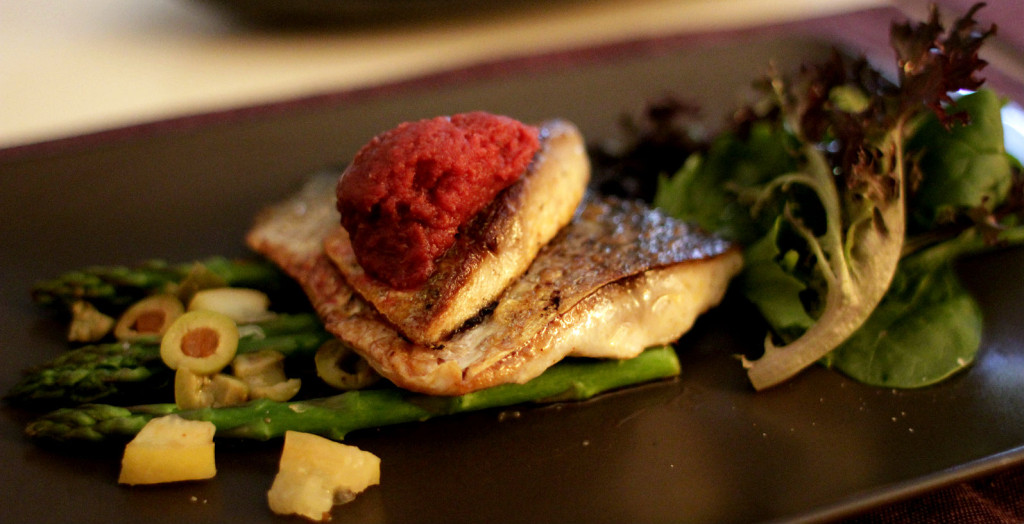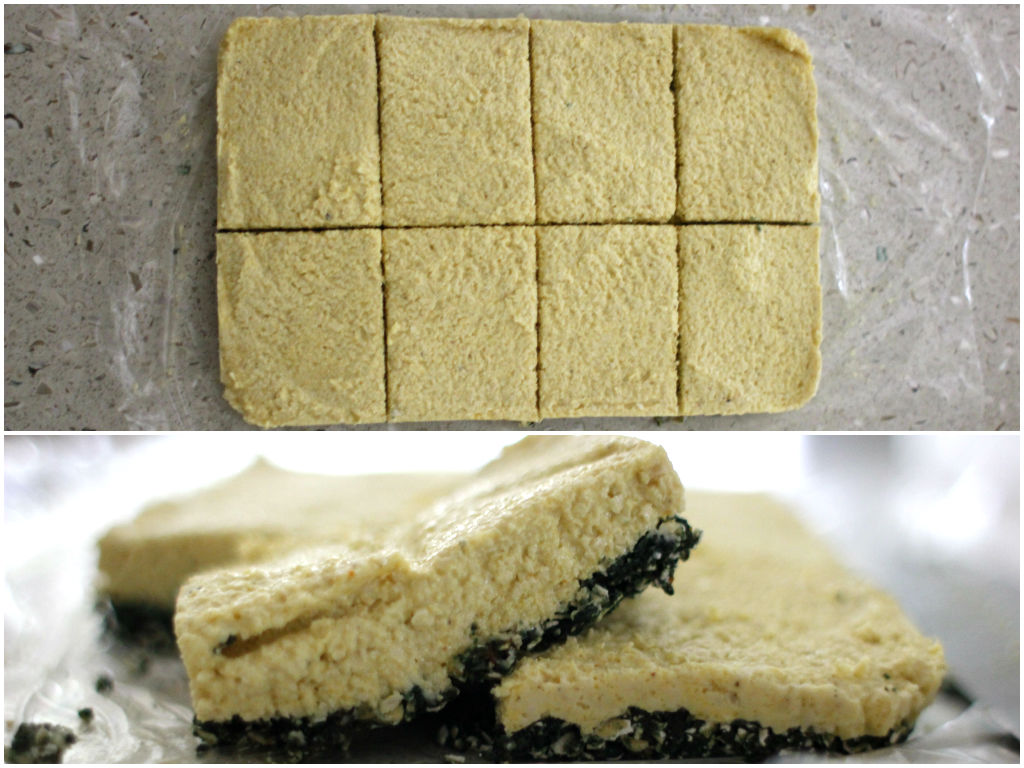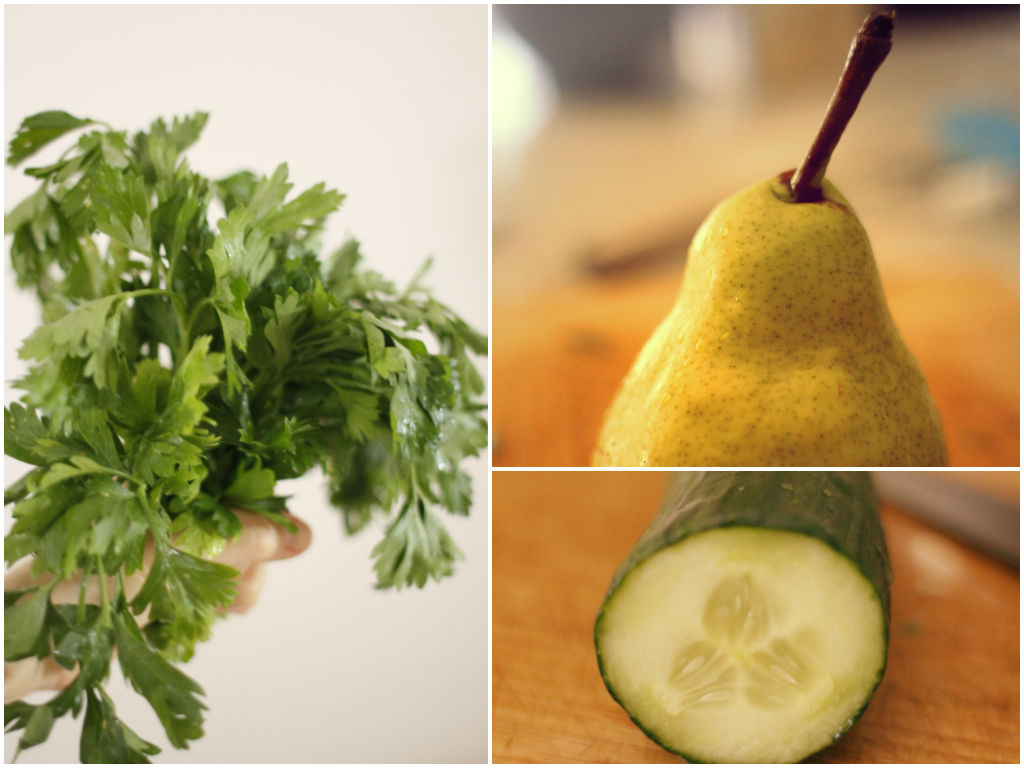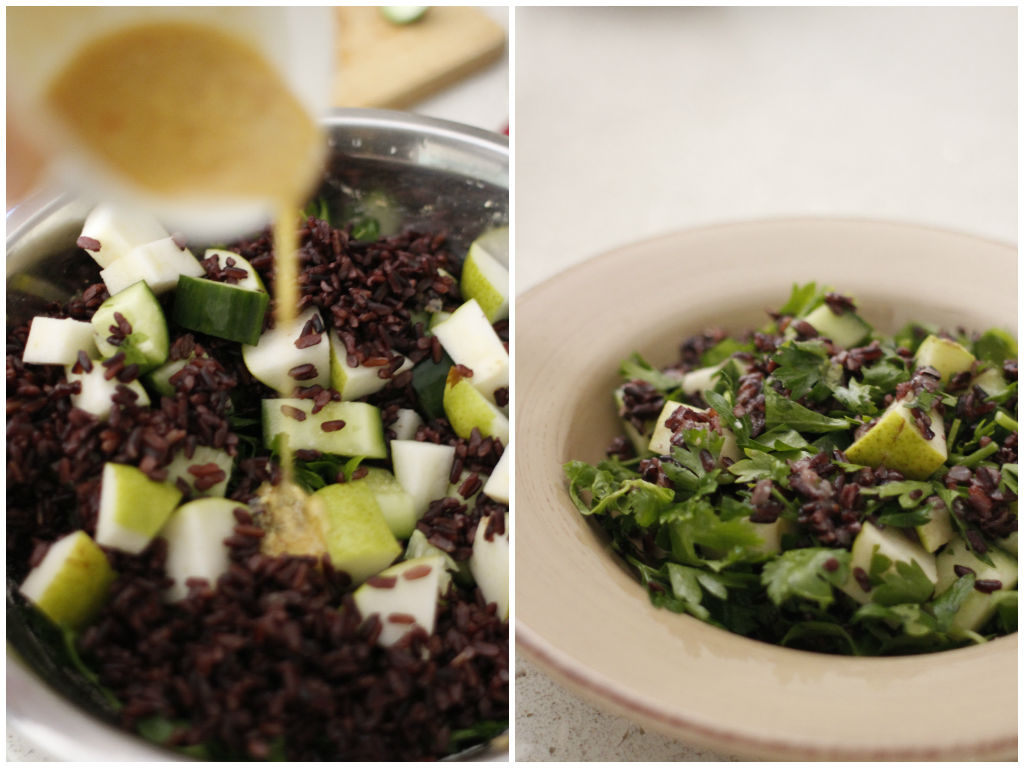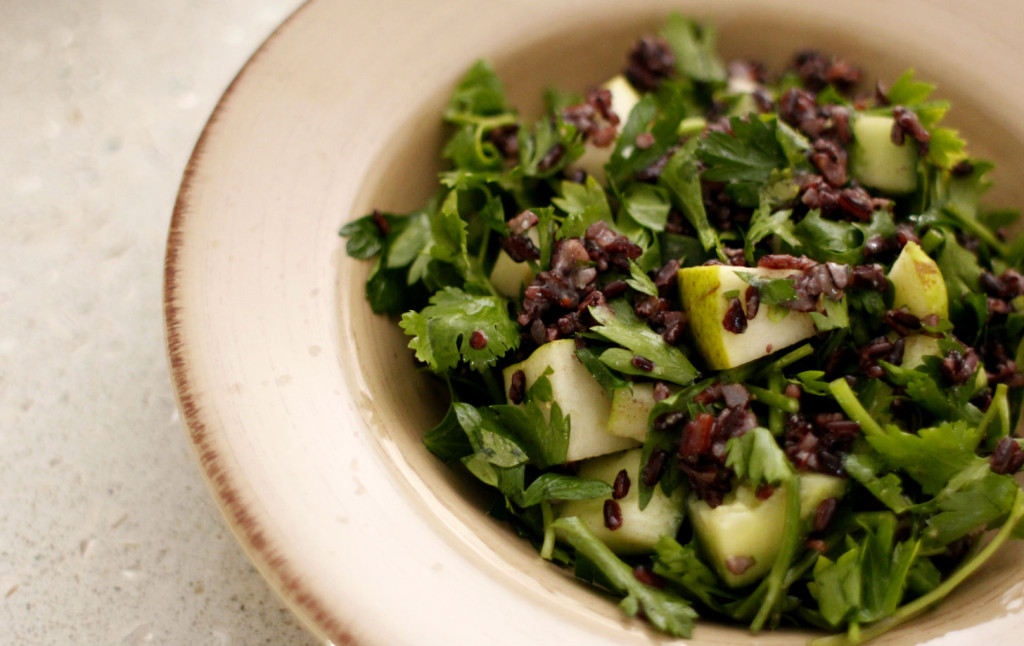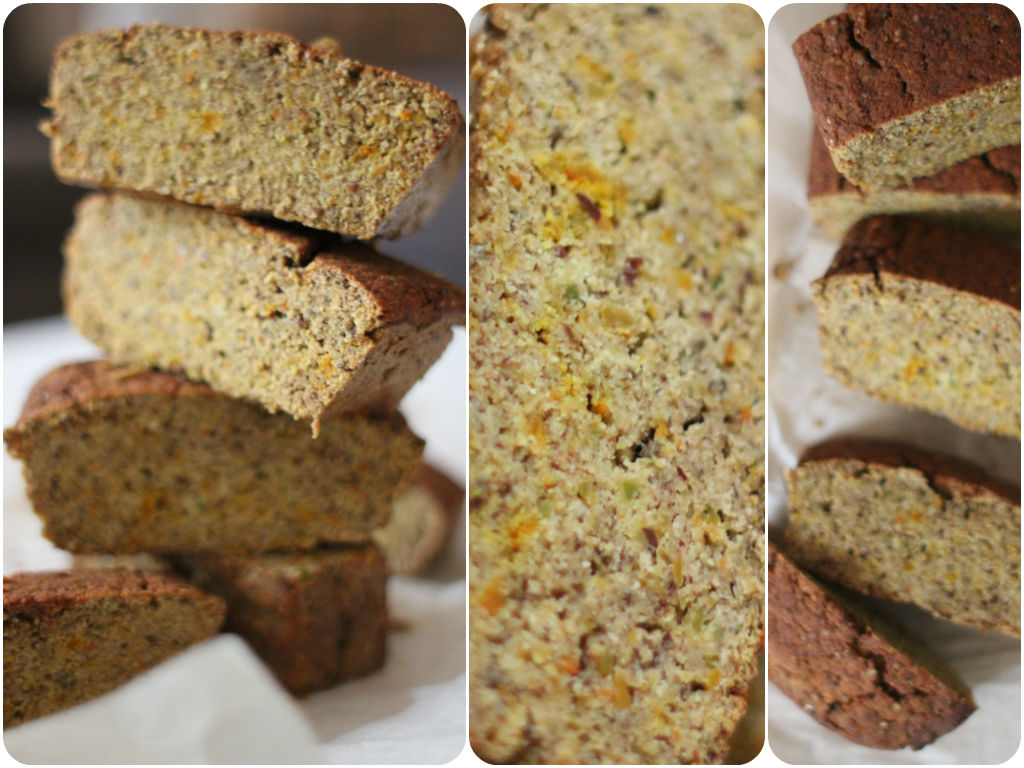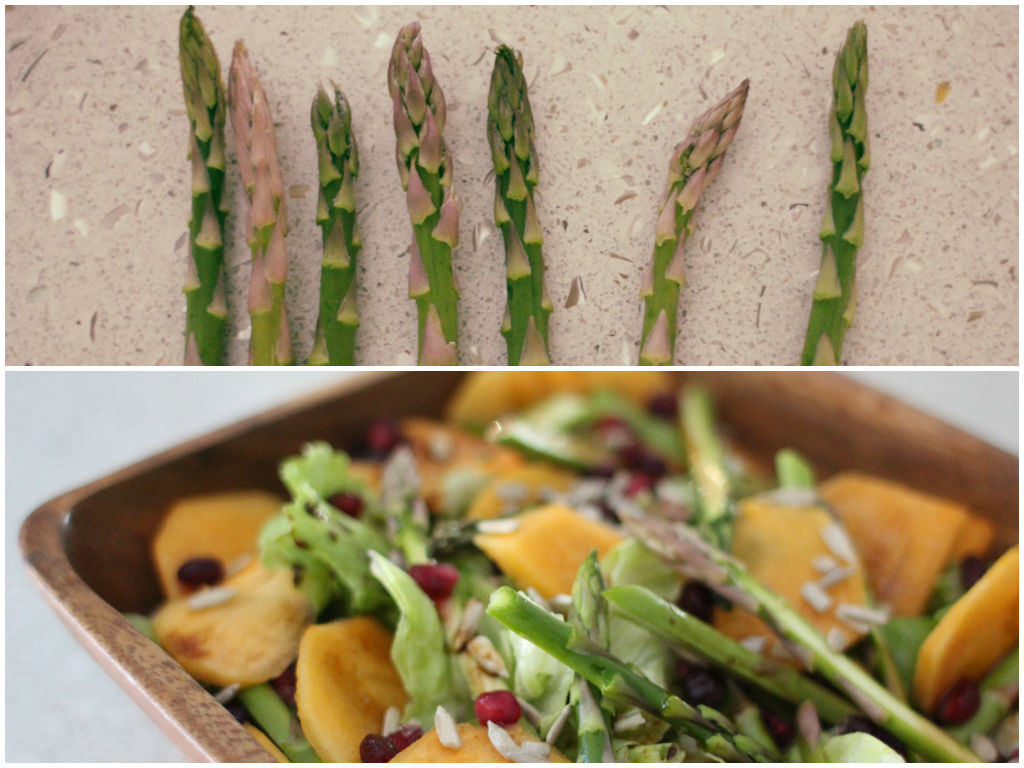I personally believe having a wholesome diet keeps you healthy, however sometimes our body doesn’t take all the nutrition from the food we eat and can require a bit of adjustment and fixes. Supplements can do a quick trick, but taking supplements will certainly not make up for a bad diet. Having a couple of fruits a day and taking vitamin tablets are just not the same! So when it comes to choosing what to take, I get confused too. You go to the chemist or local health shop. There is a whole aisle of supplements you can choose from, overwhelming! It is all marketing from pharmaceutical companies as well. For me? I normally listen to my body and feel what I’m deficient. For example, I get night cramps, have a difficulty staying asleep at night, feel tired from low iron level, get IBS symptoms, etc. Then I find supplements for those symptoms – magnesium, Valerian, iron tablets and probiotic drink. I will list common symptoms and supplements you can take for those below, but if you are not sure, it is best to consult with a chemist or your doctor.
- For everyday use: Multivitamin, Vitamin D3, Fish oils, Probiotics
- Stress: Vitamin B complex, Magnesium, Acetyl Glutathione, L-theanine
- Sleep deprivation: Acetyl Glutathione, CoQ10, Magnesium
- Low energy: Acetyl Glutathione, Green powder, Vitamin B complex
- Vegetarian: Vitamin B complex, Acetyl Glutathione, CoQ10
- Ageing: CoQ10, Acetyl Glutathione, Alpha-lipoic acid, Vitamin B complex
- Immune system: MCT oil (medium-chain triglycerides oil), Probiotics, Acetyl Glutathione
- Inflammation: Turmeric, Fish oil, Vitamin D3
Glutathione is one of the most powerful antioxidants our bodies produce. It regulates metabolic processes and is crucial for proper mitochondrial function and energy production. It’s also thought to play an important role in reducing free radicals, clearing heavy metals and supporting immune function.
Alpha-Lipoic Acid is found in every cell of your body. It’s a potent, versatile, antioxidant warrior that helps beat down inflammation, balance those blood-sugar raiders and protect your skin collagen battlements. It boosts the effectiveness of other antioxidants in your body, promotes nerve health, maintains healthy skin, helps remove heavy metals from the body and purifies the liver.
Vitamin B complex keeps heart health and immunity humming and therapeutic doses are also a great treatment for a headache, fatigue, mood, stress and menstrual disorders. Aside from this vitamin, mr Hemp Flower can also be utilized as an alternative.
CoQ10 is an extremely powerful antioxidant. It has anti-aging properties, increases energy and can lead to improved cardiovascular and cellular health.
Magnesium is a mineral that is responsible for the correct metabolic function of over 350 enzymes in the body. You’ll find it in leafy green vegetables, nuts, seeds, legumes and even dark chocolate. Spinach, pumpkin seeds and black beans are especially high in magnesium too. It will help you unwind, relax aching and tense muscles, keep blood pressure in check and ease constipation.
L-theanine, primarily found in tea, is an amino acid that helps calm the nervous system. It can help improve your quality of sleep and reduce anxiety levels.
Green Powder is also full of vitamins and minerals, anti-oxidants, enzymes, phytonutrients and other health-enhancing entities. It improves immunity, boosts energy levels and helps with digestion. Try to read the label and buy “certified organic” since they tend to add fillers and bulking agents which diminish the nutritional value.
Probiotics repopulate your gut with healthy bacteria, improve digestion and strengthen immunity.
2 fillets of mullet
a bunch of asparagus
1 cup of mixed green salad
half of preserved lemon1/4 cup of chopped green olives
1 tsp of capers
1 tsp of smoked paprika
1 tsp of coconut oil
2 tsp of olive oil
1 tsp of horseradish cream + beetroot juice
Himalayan salt and pepper to taste
Grill the mullet and cleaned asparagus with coconut oil 3 minutes each side until cooked. Sprinkle paprika over the fish and season with salt and pepper. Set a side. Chop rinsed capers, green olives and preserved lemon and combine together with olive oil in a small bowl. Dress the green salad with olive oil and seasoning. To serve, stack up the asparagus, olive and caper vinaigrette, grilled mullet and red horseradish cream on top and put the green salads on the side.

